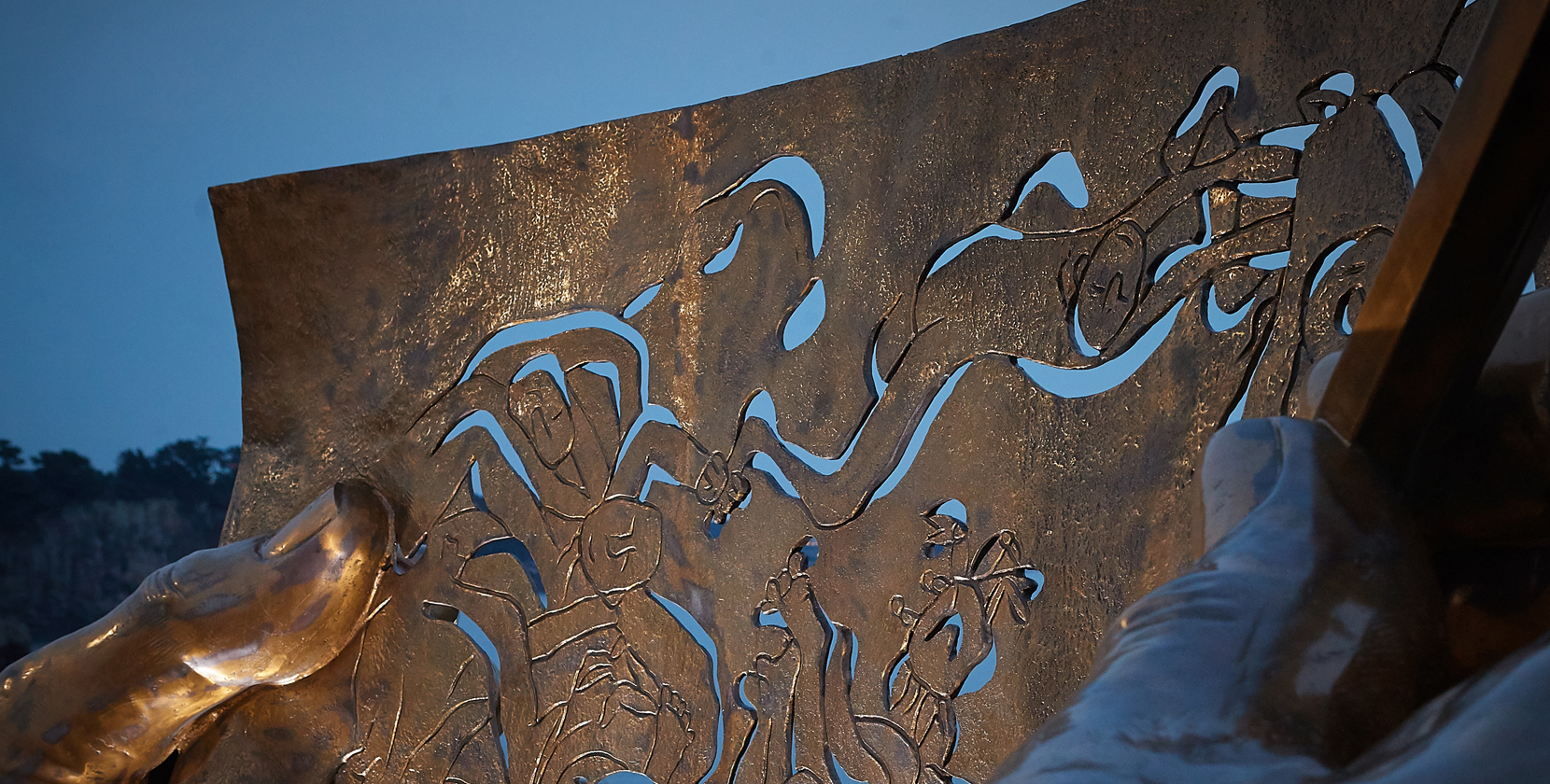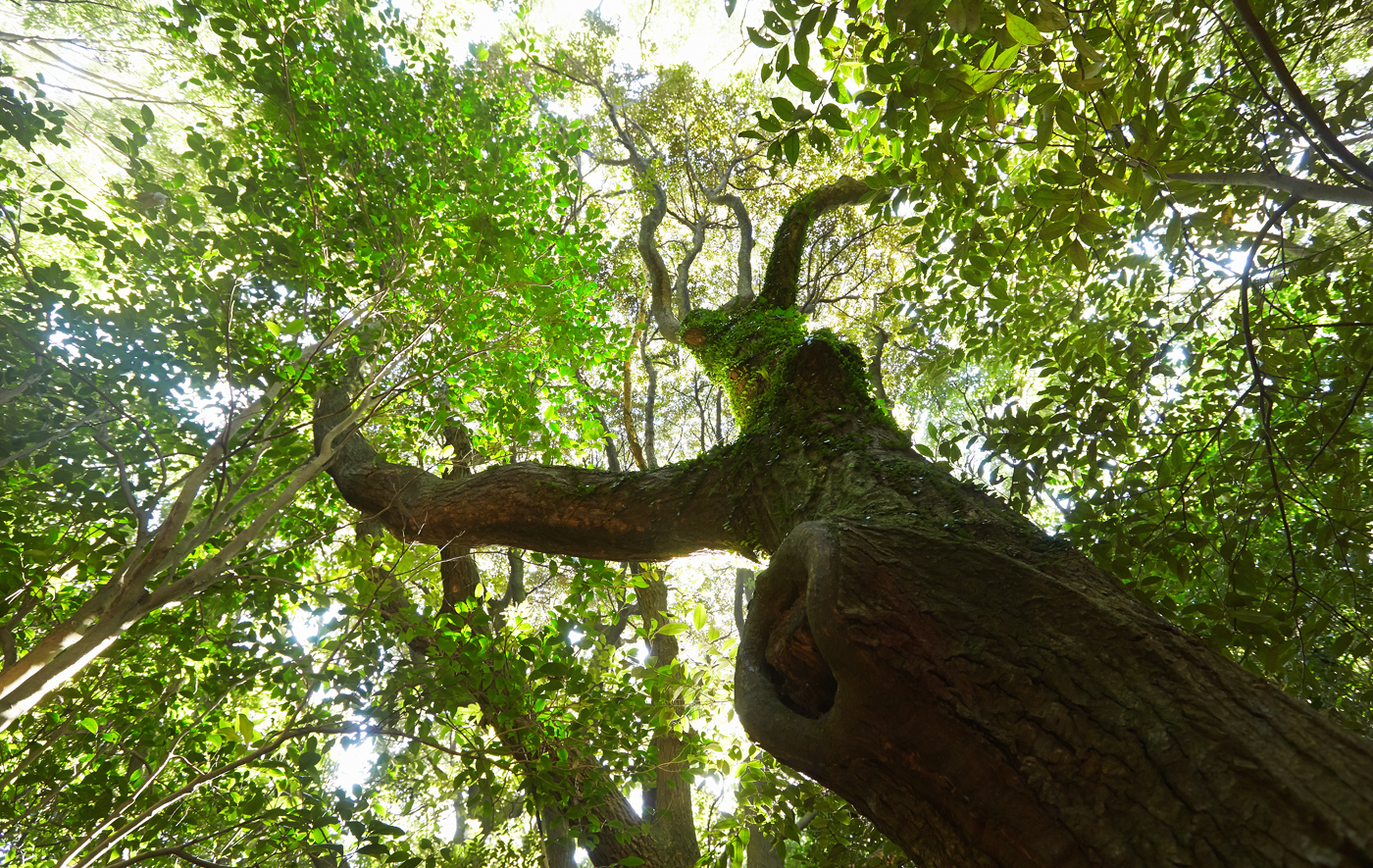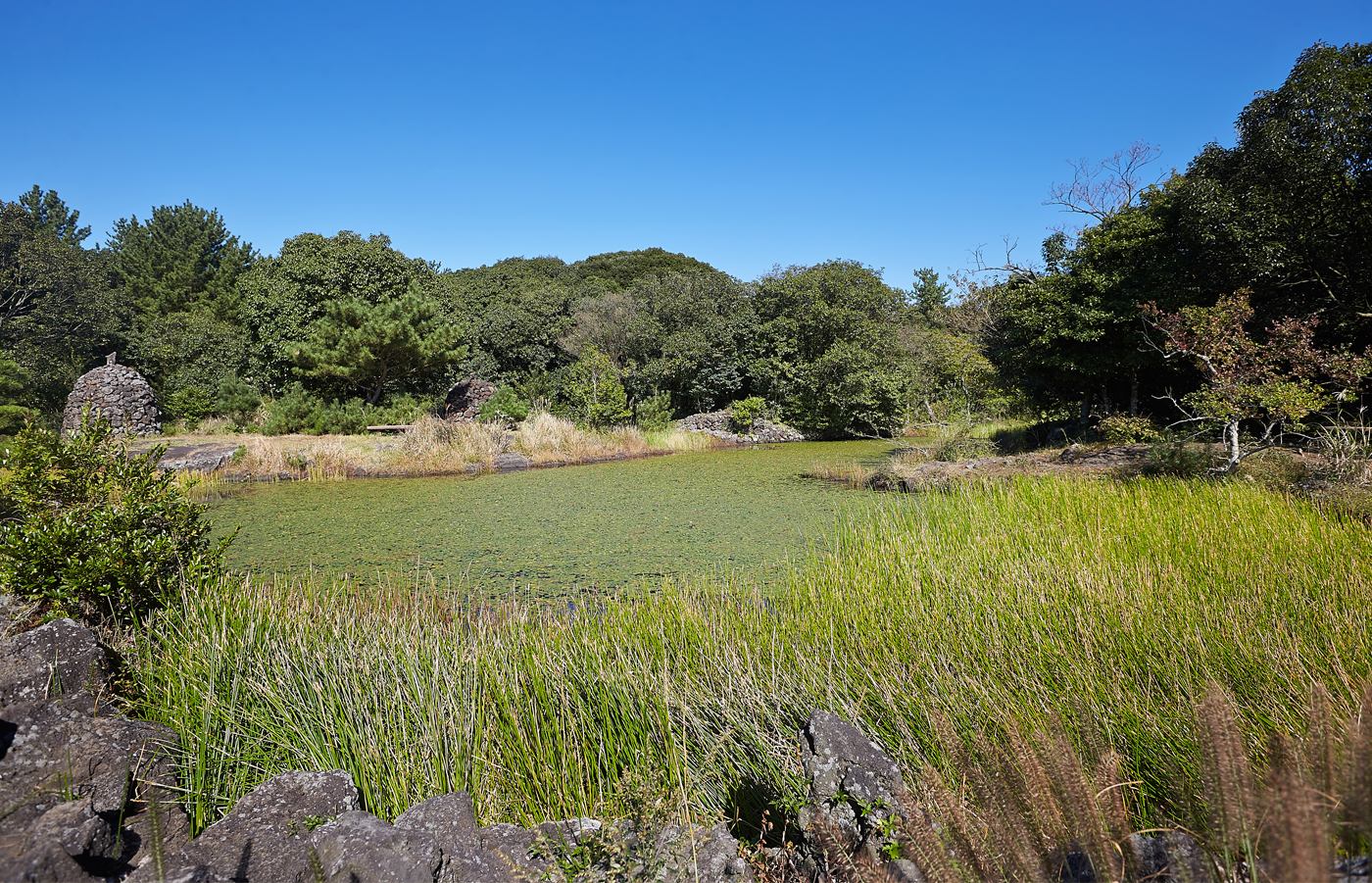
Experiencing Jeju with Jungseop Lee and Gotjawal
Jeju might be the most exotic place in Korea. From the clear emerald ocean to female divers to basalt covering the entire island, the mystic landscape is the nation’s top tourist destination. That is why Koreans feel delighted when they hear the word ‘Jeju.’ The island is often dubbed an island of triple abundance: stones, wind, and women. Jeju offers more special features as well, such as a street dedicated to Jungseop Lee, the renowned painter who captured the island’s nature, and the ancient natural scenery unique to Jeju. In the spring season, it is worth flying to Jeju to enjoy he nature painted by Jungseop Lee and the picturesque forest Gotjawal.

Genius Painter who Painted Jeju, Family, and Love
Leejungseop Art Museum is located near Jeongbang Waterfalls in Seogwipo, Jeju.
To commemorate the artistic spirit of the painter, the city created Leejungseop Street in 1997 by revamping the museum,
the house Jungseop Lee had lived in, and the surrounding streets that must have been walked by the painter frequently.
Lee occupies an important position in the 100-year history of Korea’s modern art.
Jungseop Lee (1916-1956) was born to a landowner in Pyeongwon, North Korea.
He demonstrated his talent in art in childhood and later went to Japan to study art.
As is the case with most modern artists, Lee lived through the ups and downs of modern history of Korea.
After the Korean War broke out, Lee sought shelter in Jeju with his family and spent around a year in the Seogwipo area.
Although he was temporarily staying in Jeju as a war refugee, he created a number of works on the island,
capturing the beautiful scenery of Jeju such as children playing in the seashore catching crabs as well as Seop Island, an islet in the region.


Leejungseop Art Museum displays eight pictures of the painter and other works of renowned modern painters in Korea.
Behind the museum stands the house where Lee and his family lived in during the war.
The house was restored to be open to the visitors. The shabby room under the thatched roof seems too small for a family of four.
Although Lee did not paint portraits often, he willingly painted one for the landlord who lent the small room for his family.

Following the Steps of Renowned Painter
Leejungseop Street stretches from Lee’s small house, and is lined by small handicraft workshops and retail stores.
The space might not be as elegant as the fancy streets of Seoul, but it has a simplistic and neat individuality unique to Jeju.
Workshops appeal to tourists with figures representing the famous female divers
in the island and appealing goods displayed in the outdoor kiosks.

Despite its limited space, the street has the painter’s works here and there.
The street’s entrance has a sculpture that depicts Lee’s famous work ‘Family on the Road’ (1954).
The father drags an ox, and the mother and young children are riding the ox cart.
Some store walls are painted with murals, and others serve as a miniature gallery displaying Lee’s works.
The entire street is filled with the painter’s artistic spirit.


A short drive from the street reaches the vast coast with the emerald green sea, called Jaguri Coast.
Lee painted the beautiful sea from this seaside, and his wife and two sons spent pleasant days catching crabs.
The coast has a small park decorated with sculptures and multiple artworks to celebrate the painter.
Leejungseop Street and Jaguri Coast are often referred to as a ‘roofless art museum,’
as the space features a number of works of Lee and other respected artists.
The artwork made by Mi-jin Jeong that illustrates Lee’s hand and
canvas against the backdrop of a beautiful seashore makes the landscape perfect, particularly on a clear, fine day and at sunset.

A Walk in Gotjawal Forest to Enjoy Nature’s Exhalations
Tourists will regret not visiting Gotjawal, forests that offer a heavenly natural environment.
Gotjawal is located adjacent to Mount Halla rising in the volcanic island’s heart.
Often dubbed ‘the lung of Jeju,’ Gotjawal covers Jeju with vast natural forests.

Gotjawal was born as a result of an interesting natural phenomenon.
When the parasitic volcano Geomun Oreum exploded, lava flowed from the crater and covered the Seonheul area.
With high viscosity, the lava flowed slowly and broke into pieces upon cooling.
The word ‘Gotjawal’ refers to a unique forest made with such volcanic activity.
In Jeju dialect, got means forest, and jawal means the mixture of pebbles, rocks, and thorny bushes.
This is why Gotjawal forests have many trees entangled with rocks.
Due to its geological characteristics, Jeju is deemed a land of life with abundant water.
In particular, Gotjawal is a place where plants that grow in either polar or tropical climates can coexist.
Close to the primeval forests, Gotjawal offers a highly exotic landscape that cannot be found in urbanized areas.
Among many famous Gotjawal forests, Seonheul Gotjawal Forest is well known as a designated wetland to protect its camellia forest.
A range of rare flora and fauna can be found in this forest, and the place was registered with the Ramsar List in 2011 for protection.
A walk into the heart of Gotjawal brings emotional healing to exhausted city dwellers.

Gotjawal is filled with green trees even during winter, because the environment naturally maintains constant humidity and temperature levels.
The trail is not as clear as general mountain trails, but this primeval nature creates a feeling of walking through a mystic forest.
Jeju introduces the life of painter Jungseop Lee and the beautiful, exotic nature.
The spring season may be the perfect time to break away from everyday life and enjoy what the island has to offer.
Jeju’s mystic beauty will lend new vitality to the life of every visitor.







